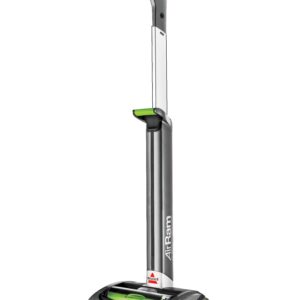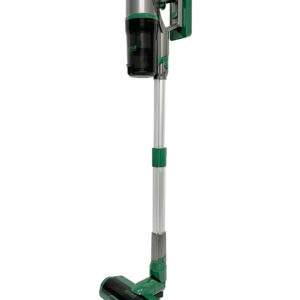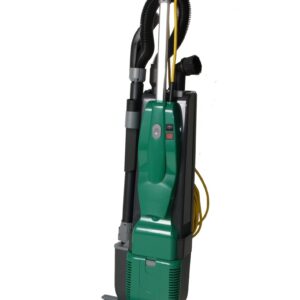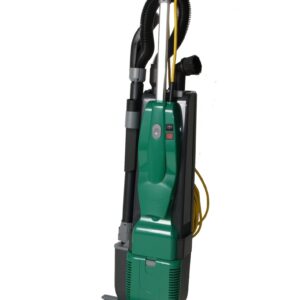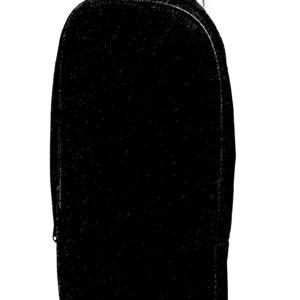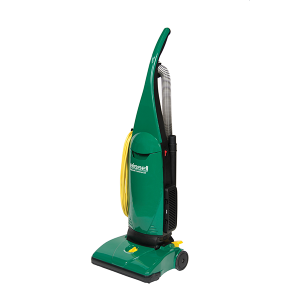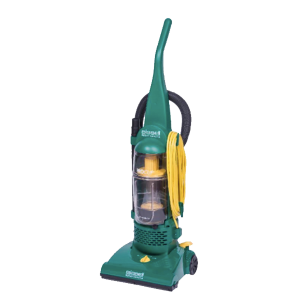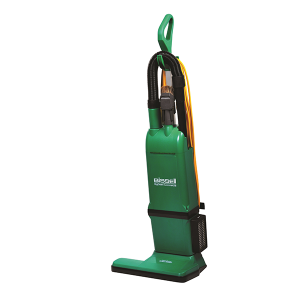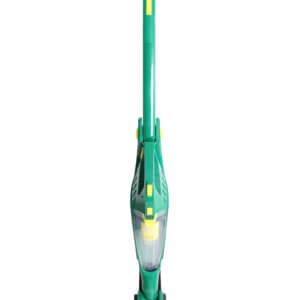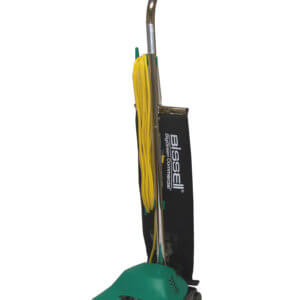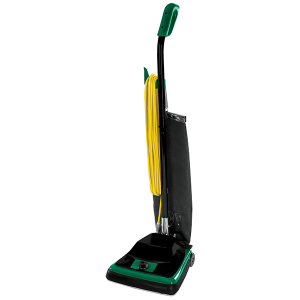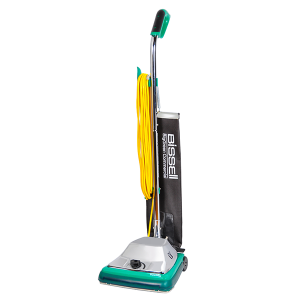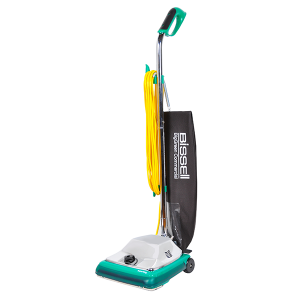Vacuum cleaners are one of the most essential tools for any business’ daily operations. There are many different types of vacuum cleaners. Vacuums can differ based on power source, the orientation (i.e. canister vs backpack vs upright) to their capabilities. And with modern innovations, new vacuum cleaners can combine other types of cleaning tools to handle both wet and dry messes. In this article, we will look at how vacuum cleaners work functionally, and how understanding this technology can help you clean more efficiently and prevent needing to replace your commercial vacuum. For commercial vacuum cleaners for your business, contact Bissell BigGreen Commercial.
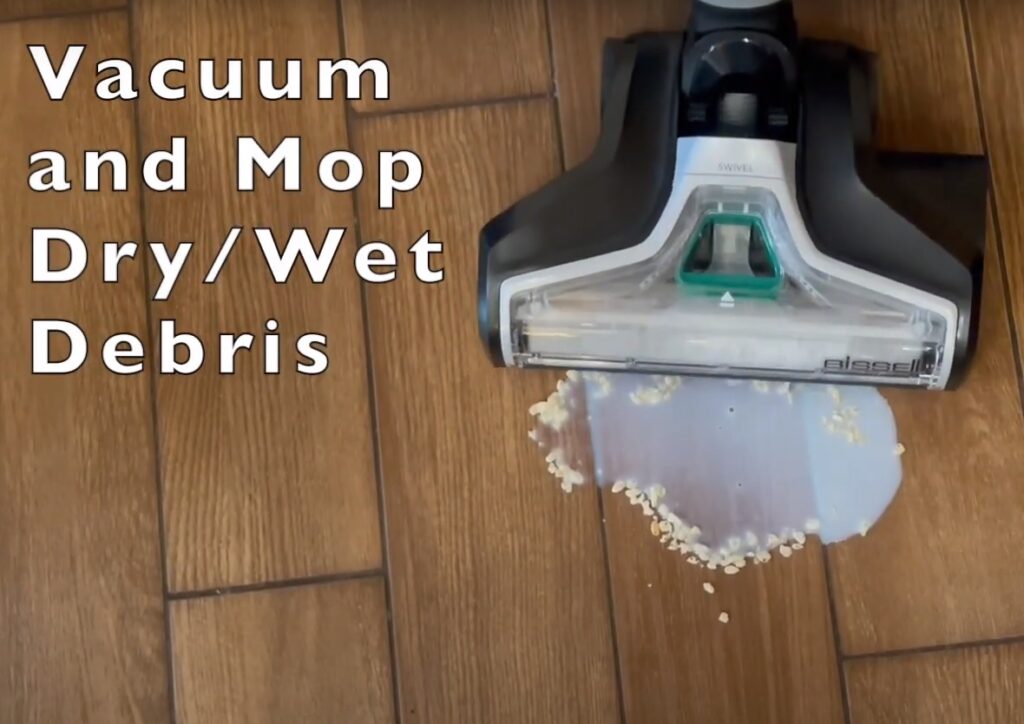
The Main Functional Parts Of A Vacuum Cleaner
While there are many different types of vacuum cleaners there are some similar parts that make up a majority of vacuums and speak to how vacuums physically function. These parts include:
- Intake: Every vacuum cleaner has a section that will pull air and debris into the vacuum cleaner.
- Brush Roll Or Other Cleaning Head: At the intake there will likely be a rolling brush or another type of brush that helps lift dirt and debris off floors and carpeting to loosen them before they are sucked into the vacuum.
- Fan: A fan with angled blades pushes air out of the vacuum cleaner creating a literal vacuum that forces air outside the vacuum to rush in, sucking up the debris with it.
- The Motor: The motor powers the fan causing it to spin and create suction.
- Bag Or Other Container: Dirt and debris that are sucked into the fan are collected in either a vacuum bag or other canister.
- Filter: A filter like a HEPA filter is designed to prevent any dirt or debris from leaving the vacuum cleaner.
- The Exhaust: An area exists for the air to escape the vacuum cleaner.
With these parts it is clear to see how the main function of a vacuum cleaner works. By pushing air at high speeds from one area of the vacuum out through the exhaust the interior of the vacuum cleaner suddenly has a lower air pressure than the outside world, air is quickly pulled into the vacuum to equalize the pressure. This air sucks up dirt or debris from flooring, carpets, or furniture and dustbrushes help loosen the debris from these surfaces.
How To Prevent Damage To Your Vacuum
By understanding the core function of how vacuums work it is easy to understand where things might go wrong. For example, any blockages in a vacuum cleaner will disrupt the system. Because vacuums rely on the change of air pressure blockages will cause a vacuum to lose suction. Moreover, blockages can cause a vacuum to overheat because the system is unable to move the air effectively. If you notice that dirt or debris is leaving the exhaust it is likely an issue with either the filter or the container within the vacuum. And if the vacuum isn’t sucking air up at all it is likely a problem with either the fan or the motor. Understanding what pieces are broken can help you repair your vacuum.
How Do Wet/Dry Vacuum Cleaners Work?
While the traditional vacuum has been around for over a century a newer vacuum type has become more and more popular. Wet/Dry vacuums are capable of cleaning up both wet and dry messes. The way this functionally works is that they are combining different technologies into the same machine. The dry messes are cleaned with the traditional vacuum system of creating suction that pulls up debris. Wet messes are cleaned up using a mix of water and detergent to clean an area and then suck up the water. You can learn more about this process on our page for the BGFW13. In fact, that machine combines a third technology to dry floors as well.
Shop For Commercial Vacuums For Your Business
If you are looking for a vacuum cleaner for your business or other commercial facility, please give us call or click below to browse our vacuum cleaners.
-
Sale!
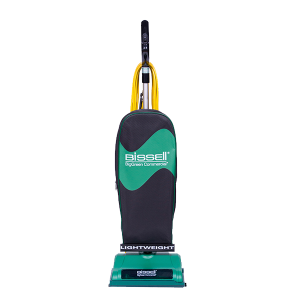 Out of stock
Out of stock

